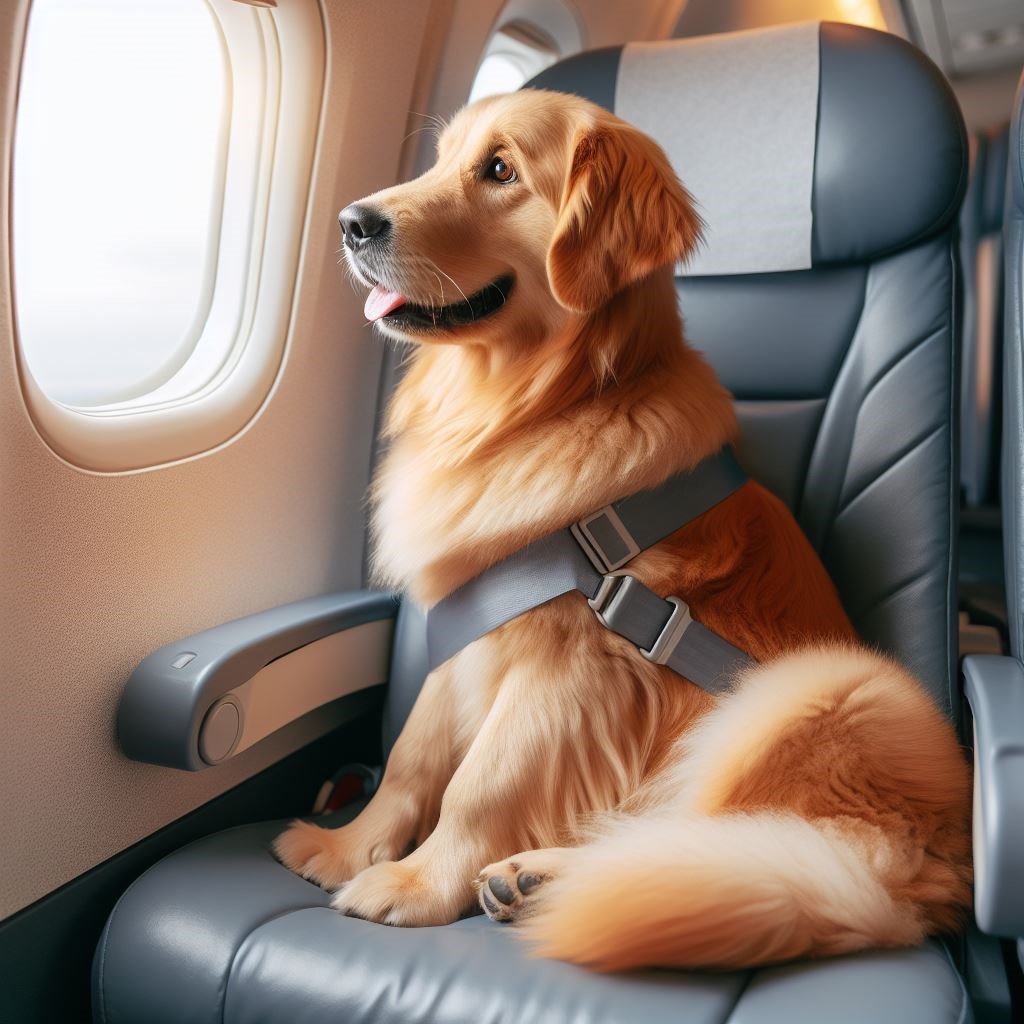Transporting your beloved dog or cat across international borders may initially seem overwhelming, yet with meticulous planning and attention, it can evolve into a seamless and anxiety-free journey for both you and your furry companion. Whether you’re moving permanently or embarking on an extended vacation, grasping the intricacies of international pet transport to and from the United States is vital to safeguarding your pet’s safety and comfort. Within this detailed guide, we will guide you through the essential steps of pet transportation, encompassing preparation, documentation, selecting suitable transportation methods, and facilitating a smooth transition during international pets shipping.
Research and Plan Ahead:
Research the import requirements of the destination country: Each country has specific regulations regarding the importation of pets, including required vaccinations, microchipping, and quarantine periods. Familiarize yourself with these requirements well in advance to avoid any last-minute complications.
Plan your travel itinerary:
Consider factors such as the duration of the journey, layovers, and mode of transportation. Choose the most direct and pet-friendly route possible to minimize stress for your pet.
Visit the Veterinarian:
Schedule a visit with your mobile veterinarian, and obtain a health certificate and ensure your pet is up-to-date on vaccinations required for international travel.
Discuss any specific health concerns:
If your pet has any existing health conditions, discuss them with your veterinarian to determine if they are fit for travel and if any special accommodations are needed.
Acquire Necessary Documentation:
Obtain required permits and documentation. This may include import permits, health certificates, vaccination records, and microchip information. Ensure all documents are completed accurately and meet the requirements of both the United States and the destination country.
Prepare Your Pet:
-
- Familiarize your pet with the travel carrier: Introduce your pet to their travel crate or carrier well in advance of the journey to help them acclimate and feel comfortable.
- Pack essentials: Pack food, water, medications, familiar toys, and comfort items to keep your pet comfortable during the journey.
Air Travel:
Most commonly used for long-distance international transport.
Choose a reputable airline with experience in pet transportation and inquire about their pet travel policies and procedures.
Book a direct flight whenever possible to minimize stress and avoid unnecessary layovers for your dogs and cats.
Ensure your pet’s travel crate meets airline requirements for size, ventilation, and security.
Ground Transport:
Suitable for shorter distances or when air travel is not feasible.
Consider hiring a professional pet transportation service that specializes in ground transport.
Ensure the vehicle is equipped with proper ventilation, climate control, and safety measures to ensure your pet’s well-being.
Pet Relocation Services:
-
- Ideal for pet owners who prefer to entrust the entire process to professionals.
- Pet relocation companies offer comprehensive services, including documentation assistance, travel arrangements, and door-to-door transport.
Import Regulations:
Research and comply with the import regulations of the destination country, including vaccination requirements, quarantine periods, and import permits.
Submit all required documentation to the relevant authorities well in advance of travel.
Export Regulations:
Ensure compliance with export regulations set by the United States, including health certificates, vaccination records, and export permits.
Consult with your veterinarian and relevant government agencies to ensure all requirements are met.
Quarantine:
Some countries may require pets to undergo quarantine upon arrival. Familiarize yourself with the quarantine regulations of the destination country and make necessary arrangements in advance.
Microchipping:
-
- Many countries require pets to be microchipped for identification purposes. Ensure your pet’s microchip meets IPATA approved international standards, and is registered with the appropriate databases.



